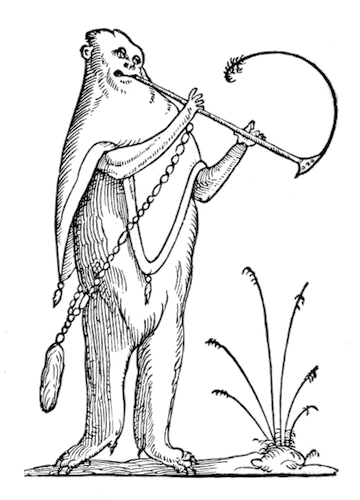
light

In the affecting work of sensory history, Peter Schmidt uses the “strikethrough” as a kind of shadow-writing: his “Encyclopedia of Light” reveals little dark threads of undoing — marks of the second thought that endlessly cancels the first. more

For vast stretches of À la recherche du temps perdu, there is scarcely a page unadorned by vibrant colour. To commemorate the centenary of Marcel Proust’s death, Christopher Prendergast celebrates his use of pink, how its tone shifts from innocence to themes of sexual need, before finally fading out to grey at the novel’s close. more

Cliché-Verre and Friendship in 19th-Century France
In the 1850s, as photography took its first steps toward commercial reproducibility, a more intimate use for light-sensitive plates briefly bloomed. It had a few names: heliographic drawing, photographic autography, or, as it is best known today, cliché-verre. Miya Tokumitsu takes us to the towns and forests of France where a group of friends began making marks on photographic plates, and finds their camaraderie cohere in lyrical arrangements of topography and light. more

Watching the World in a Dark Room: The Early Modern Camera Obscura
Centuries before photography froze the world into neat frames, scientists, poets, and artists streamed transient images into dark interior spaces with the help of a camera obscura. Julie Park explores the early modern fascination with this quasi-spiritual technology and the magic, melancholy, and dream-like experiences it produced. more








